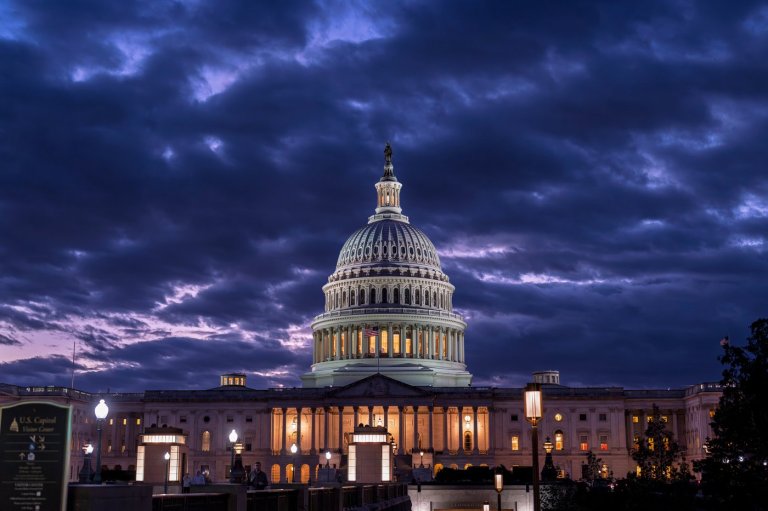Yemeni official says rebels forced children to carry arms
SANAA, Yemen – A Yemeni minister with the internationally recognized government on Tuesday accused the country’s Shiite rebels of forcing children to fight in Yemen’s civil war, saying the rebels have recruited as many as 4,800 boys over the past six months.
Human Rights Minister Ezz Eddin al-Asbahi also said the rebels known as Houthis have killed about 1,000 civilians in the two-year conflict, and that more than 300 children have died — either because of gunfire or rockets.
International rights groups have accused the Saudi-led coalition, which is backing the government, of causing most of the causalities in Yemen’s conflict through airstrikes.
Speaking from Cairo, al-Asbahi said an estimated number of 3,000 people have been detained by the rebels in areas under their control and that there are some 70 cases of torture inside Houthi-controlled prisons.
His accounts and figures could not be independently verified in the war-torn country, the Arab world’s poorest, but both the Houthis and to a lesser extent, the pro-government southern fighters, have been known to recruit children to their cause.
Houthi media official Abdel-Rahman al-Ahnoumi denied the accusations and told The Associated Press that al-Asbahi’s statement was were an attempt to “mislead” the international public opinion.
Meanwhile, fighting intensified in Yemen since Monday outside the capital, Sanaa, between forces loyal to the internationally-recognized government, backed by the Saudi-led coalition, and the Houthis, according to military and medical officials.
The focus of the battle is the mountainous town of Sarwah, east of the capital, where pro-government forces aim to break a months-long stalemate and clear the way toward Sanaa. The Houthis seized Sanaa in 2014.
The officials said heavy aerial bombardment on the border area of Midi, northwest of Sanaa, killed and wounded dozens of fighters. The officials spoke on condition of anonymity because they were not authorized to talk to the media.
Since March 2015, a Saudi-led coalition has waged an air campaign aiming at dislodging the Houthis from cities under their control.
A year later, Yemen is virtually split between the northern region, under Houthi control, and the southern region, under control of local fighters aligned to the government of President Abed Rabbo Mansour Hadi who is in exile in Riyadh, the capital of neighbouring Saudi Arabia.
The U.S.-backed coalition and the Yemeni government are seeking to expand areas under their control as a way to press the Houthis to accept a peace deal that involves their withdrawal from cities and the handover of heavy weapons in return for a power-sharing deal.
The escalation of the fighting follows the collapse of the last round of the U.N. peace talks in August.
While the government blames Houthis for killing hundreds of civilians, the United Nations and rights groups have accused the Saudi-led coalition of causing most of the casualties in airstrikes and bombing of civilian sites.
At a press conference in Cairo, Abdel-Raqeeb Fatah, Yemen’s minister of local administration, accused the U.N. agencies, which are mostly based in the Houthi-held Sanaa, of “working from their offices” and not reflecting events on the ground — remarks that echoed recent Saudi accusations of U.N.’s bias in the Yemeni civil war.
Join the Conversation!
Want to share your thoughts, add context, or connect with others in your community?
You must be logged in to post a comment.
















